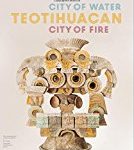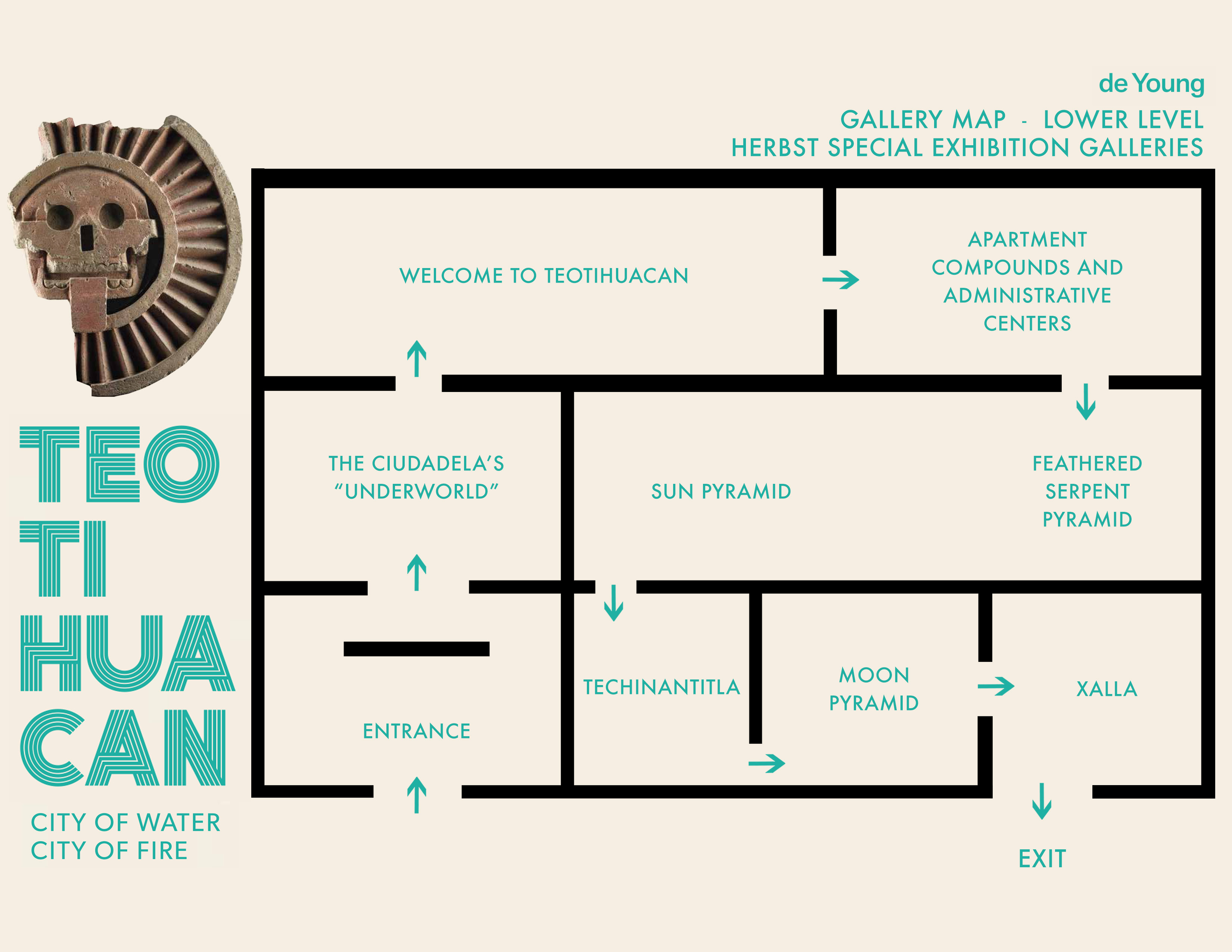
0. Who gave the city its present name?
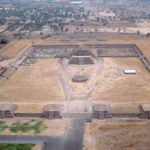 This sunken plaza, large enough to hold most of the city’s inhabitants, was centered on the Temple of the Feathered Serpent.
This sunken plaza, large enough to hold most of the city’s inhabitants, was centered on the Temple of the Feathered Serpent.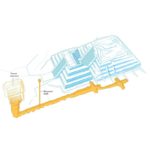 It was discovered in 2003 by Mexican archaeologists underneath the Feathered Serpent Pyramid. It begins in the central plaza of the complex known as the Ciudadela, stretches the length of a football field to the east, and terminates below the heart of the pyramid. What is Ciudadela in English?
It was discovered in 2003 by Mexican archaeologists underneath the Feathered Serpent Pyramid. It begins in the central plaza of the complex known as the Ciudadela, stretches the length of a football field to the east, and terminates below the heart of the pyramid. What is Ciudadela in English?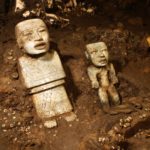 These objects were found at the end of the secret tunnel in the cross-shaped chamber directly below the Feathered Serpent Pyramid. What are these objects made of?
These objects were found at the end of the secret tunnel in the cross-shaped chamber directly below the Feathered Serpent Pyramid. What are these objects made of?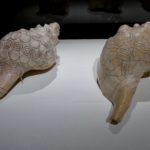 These objects likely originating from the Gulf of Mexico. Some are incised with designs from other parts of Mesoamerica, indicating that even early in its history Teotihuacan was already a major regional hub.
These objects likely originating from the Gulf of Mexico. Some are incised with designs from other parts of Mesoamerica, indicating that even early in its history Teotihuacan was already a major regional hub. I am old but can still burn! I have wrinkles on my face and large hoops on my ears. I warm houses and temples, and bring light to darkness. I carry a heavy heating pan on my head.
I am old but can still burn! I have wrinkles on my face and large hoops on my ears. I warm houses and temples, and bring light to darkness. I carry a heavy heating pan on my head.
Who Am I?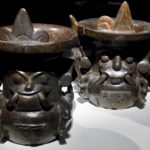 I wear a headdress, eye goggles, and ear hoops.
I wear a headdress, eye goggles, and ear hoops.
Fangs stick out from my curled mouth.
I pour down from the heavens.
I keep the soil moist and green so things can grow.
Who Am I?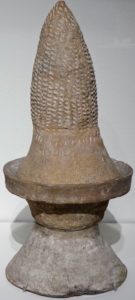 Teotichuacan was a city of immigrants. Immigrant groups from all over Mesoamerica moved to distinct neighborhoods, or barrios. They maintained their traditions, religions and languages while also integrating into the fabric of the city. They lived together in multi-family apartment complexes. In a compound on the city’s western edge, for example, people from Oaxaca carried out Zapotec lifeways, including the use of Zapotec calendrical signs. An offering on the city’s eastern edge included delicately painted ceramic figurines of women and infants. And on the city’s southern edge, the working-class residents of Tlajinga specialized in the mass production of obsidian blades. Artisans from La Ventilla, to the southwest of Teotihuacan’s ceremonial core, created spectacular artworks, like iconic ceramic tripod vessels and elaborate incense burners—or incensarios. Can you find them?
Teotichuacan was a city of immigrants. Immigrant groups from all over Mesoamerica moved to distinct neighborhoods, or barrios. They maintained their traditions, religions and languages while also integrating into the fabric of the city. They lived together in multi-family apartment complexes. In a compound on the city’s western edge, for example, people from Oaxaca carried out Zapotec lifeways, including the use of Zapotec calendrical signs. An offering on the city’s eastern edge included delicately painted ceramic figurines of women and infants. And on the city’s southern edge, the working-class residents of Tlajinga specialized in the mass production of obsidian blades. Artisans from La Ventilla, to the southwest of Teotihuacan’s ceremonial core, created spectacular artworks, like iconic ceramic tripod vessels and elaborate incense burners—or incensarios. Can you find them?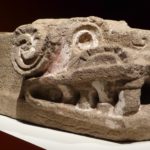 It is the third-largest building in Teotihuacan and takes its name from the undulating serpents carved into its sides.
It is the third-largest building in Teotihuacan and takes its name from the undulating serpents carved into its sides.
At the time of its construction, around 250 CE, a series of large-scale sacrificial offerings were made, including the burial of more than 200 individuals. Many of the victims wore necklaces of shell carved to look like human teeth—a few included actual human jawbones – and were discovered in positions that imply they were tied and bound at the time of death.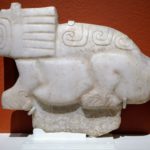 Teotihuacan’s largest structure and one of the largest ever built in the ancient world. Its square plan covers roughly 60,000 square yards and it was built in one single, massive construction effort around 200 CE. It rises about 206 feet high, making it one of the tallest buildings in the Western Hemisphere until the advent of the modern skyscraper.
Teotihuacan’s largest structure and one of the largest ever built in the ancient world. Its square plan covers roughly 60,000 square yards and it was built in one single, massive construction effort around 200 CE. It rises about 206 feet high, making it one of the tallest buildings in the Western Hemisphere until the advent of the modern skyscraper.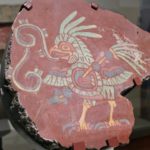 Mural fragment depicting a bird with shield and spear found in the luxury compund of Techinantitla. What is the reason the murals of Teotihuacan survived for centures?
Mural fragment depicting a bird with shield and spear found in the luxury compund of Techinantitla. What is the reason the murals of Teotihuacan survived for centures?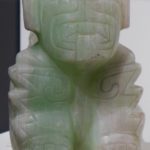 A modest temple constructed at the very beginning of Teotihuacan’s history, at around 50 to 100 CE. Over the centuries, this temple was enlarged and became a massive pyramid, standing over 151 feet tall, now the second-largest monument of Teotihuacan.
A modest temple constructed at the very beginning of Teotihuacan’s history, at around 50 to 100 CE. Over the centuries, this temple was enlarged and became a massive pyramid, standing over 151 feet tall, now the second-largest monument of Teotihuacan.
Can you find this effigy?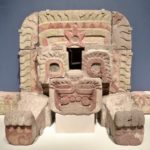 Facade decoration from the Xalla complex.
Facade decoration from the Xalla complex.
It is a power symbol and is related to the planet Venus.
It represents earth and fertility.
C I T I N E R A R I E S | Teotihuacan.pdf
SOURCES & RESOURCES
C I T I N E R A R I E S | Teotihuacan: City of Water, City of Fire
- Teotihuacan: City of Water, City of Fire
- The Fine Arts Museums of San Francisco Announce a Major Exhibition of Artifacts from the Ancient City of Teotihuacan, Many Recently Excavated or Never Before Seen in the U.S.
- Teotihuacan In-Gallery Youth Guide – de Young Museum . pdf
- Teotihuacan Digital Story
- Resources for Educators
TRAVEL

